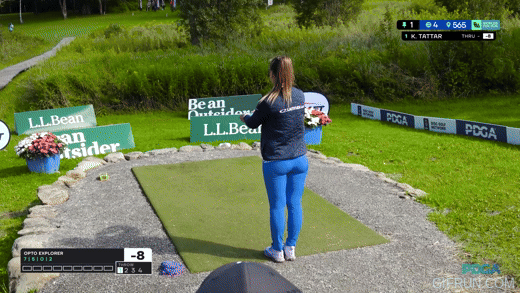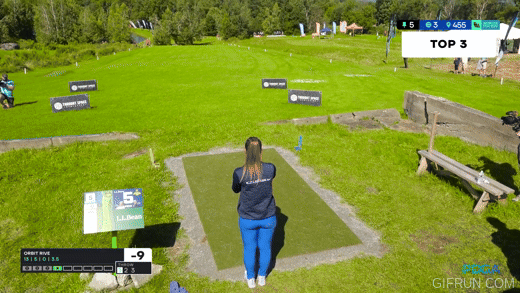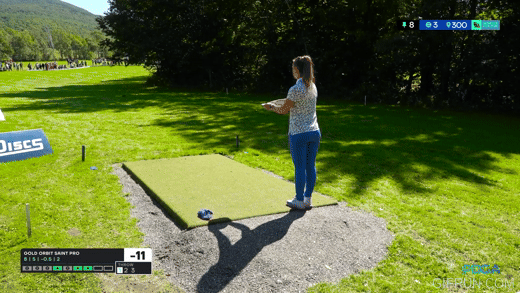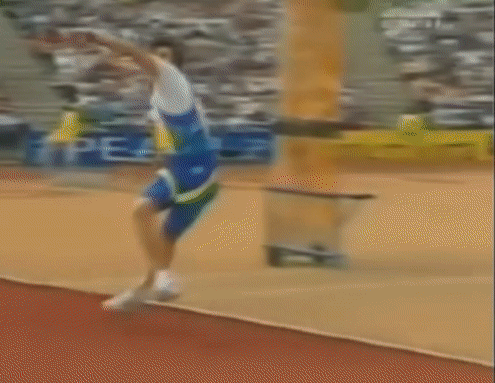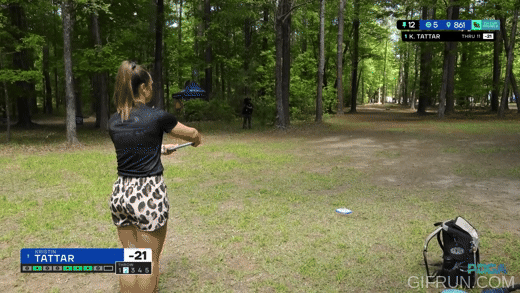In my form we're now trying to clean up my balance & tilted swing axis & SW went after my head again. When that heavy sucker gets too eager and swings out ahead of the hit it's bad news.
In genearl, one habit I've always found hard to completely kick is getting my head a little disconnected from my body or rushing my attention to look too early for the target & taking my head off my "stack" in the backswing and/or when I land to swing, which contributes to overall posture issues. Working on this with drills like Ride the Bull and Double Dragon are very helpful. Of course, sometimes converting the lesson into form is tricky so I went back to thinking about seabas head modules & form models & KT.
In general, pros will tend to take their head back all the way with the disc when "fully loading" the bow. The idea is that regardless of where your head is specifically, you never want to spoil the balance of your head in facilitating the tilted axis.
In that case, another lesson in KT's form is how well she integrates her head and posture to swinging on a tilted axis and "trap the disc with her chest." This concept helps & its relationship to head balance helps me simplify a few things at once for me.
One way I like to look for this is framing the disc as a triangle from the shoulder line or projecting out from the chest. If the player is in center balance, notice the disc (or really mass of disc + hand) is "trapped" near or at the midline relative to the chest during the backswing and swing.
By keeping the eyes and head with the disc from backswing to swing centered over this triangle (dashed line), it is easier to maintain both chest trapping and get the head fully stacked into the drive leg during the backswing and plant leg during the swing. If you look for some of the little parts of my swing that are out of whack from backswing to swing, using the head and "triangle" trapping to help yoke the posture together is a great tool.
Sometimes there is variability in how open the upper arm angle is heading into the hit so the disc exits the "trap" earlier, but at least from backswing into the pocket I think this is a helpful heuristic. You can look for and find examples all over the place.
